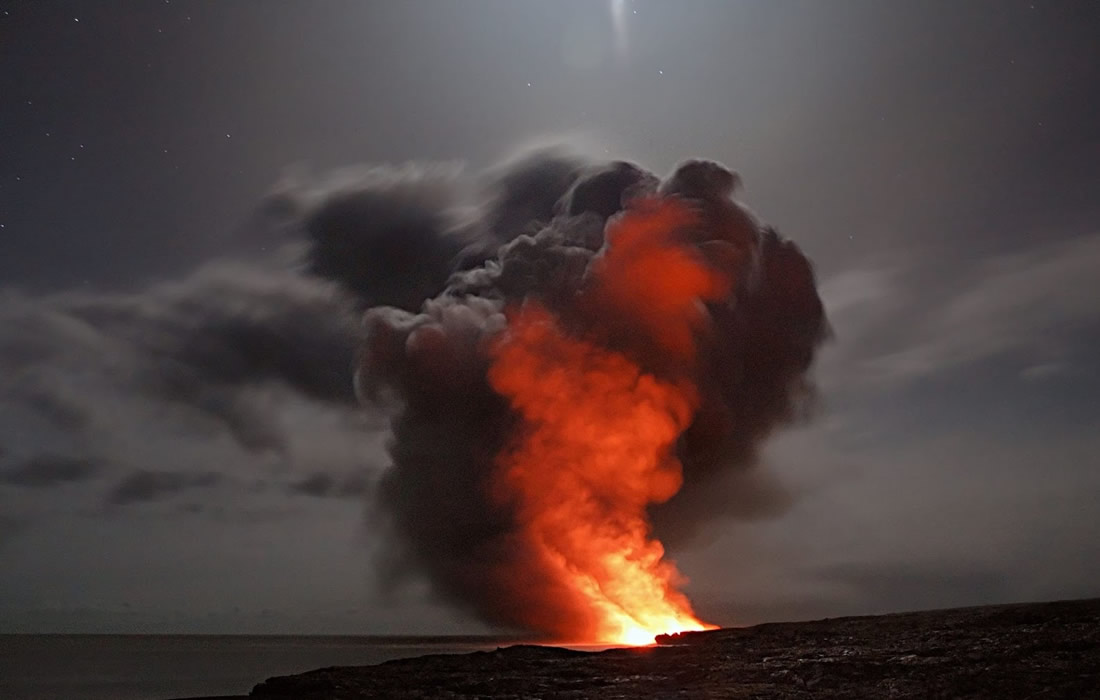Lifestyle
Wildfires Could Have Erased Air Quality Gains Over the Past Two Decades and Caused an Increase in Premature Deaths
A new study has tabulated the toll from two decades of wildfires on air quality and human health in the continental U.S. The authors report that from 2000 to 2020, the air has worsened in the western U.S., mainly due to the increase in frequency and ferocity of wildfires causing an increase of 670 premature deaths per year in the region during that time period.
“Our air is supposed to be cleaner and cleaner due mostly to EPA regulations on emissions, but the fires have limited or erased these air-quality gains,” says Jun Wang, James E. Ashton professor and chair in the Department of Chemical and Biochemical Engineering, and the lead corresponding author on the study.
“In other words, all the efforts for the past 20 years by the EPA to make our air cleaner basically have been lost in fire-prone areas and downwind regions. We are losing ground.”
The researchers calculated the concentration of black carbon, a fine-particle air pollutant that has been linked to respiratory and heart disease, on a kilometer-by-kilometer (0.6 miles) grid for the continental U.S.
In the western U.S., the researchers report black carbon concentrations have risen 55%, on an annual basis, mostly due to wildfires.
Not surprisingly, the highest premature mortality rates were in the western U.S., the region where the wildfires originated or that was most affected by smoke from wildfires in Canada.
The authors say the increase of 670 premature deaths per year is a conservative estimate, as black carbon’s effects on human health are not fully understood.
The researchers derived black carbon concentrations and premature deaths estimates from satellite data and 500 ground-based stations that monitor air quality.
The data from surface stations can be extensive, but it does not give complete spatial coverage and can be lacking in rural areas.
So, the researchers employed “deep learning,” which enables computer systems to cluster data and produce accurate predictions, to calculate the black carbon concentrations.
They calculated premature deaths through a formula that incorporated average life span, black carbon exposure, and population density.
“This is the first time to look at black carbon concentrations everywhere, and at one-kilometer resolution,” Wang says.
“The increasing number and intensity of wildfires in the U.S. counteract or even overshadow the reduction in anthropogenic emissions, exacerbating air pollution and heightening the risks of both morbidity and mortality,” says Jing Wei, now assistant research scientist at the University of Maryland’s Earth System Science Interdisciplinary Center.
Sources:
Jing Wei, Jun Wang, Zhanqing Li, Shobha Kondragunta, Susan Anenberg, Yi Wang, Huanxin Zhang, David Diner, Jenny Hand, Alexei Lyapustin, Ralph Kahn, Peter Colarco, Arlindo da Silva, Charles Ichoku. Long-term mortality burden trends attributed to black carbon and PM2·5 from wildfire emissions across the continental USA from 2000 to 2020: a deep learning modelling study. The Lancet Planetary Health, 2023; 7 (12): e963 DOI: 10.1016/S2542-5196(23)00235-8
University of Iowa. “Wildfires have erased two decades’ worth of air quality gains in western United States.” ScienceDaily. ScienceDaily, 4 December 2023. <www.sciencedaily.com/releases/2023/12/231204215912.htm>.
Materials provided by University of Iowa. Original written by Richard C. Lewis. Note: Content may be edited for style and length.
Images from:
Photo by Pixabay
https://www.pexels.com/photo/cielo-nublado-417070/

